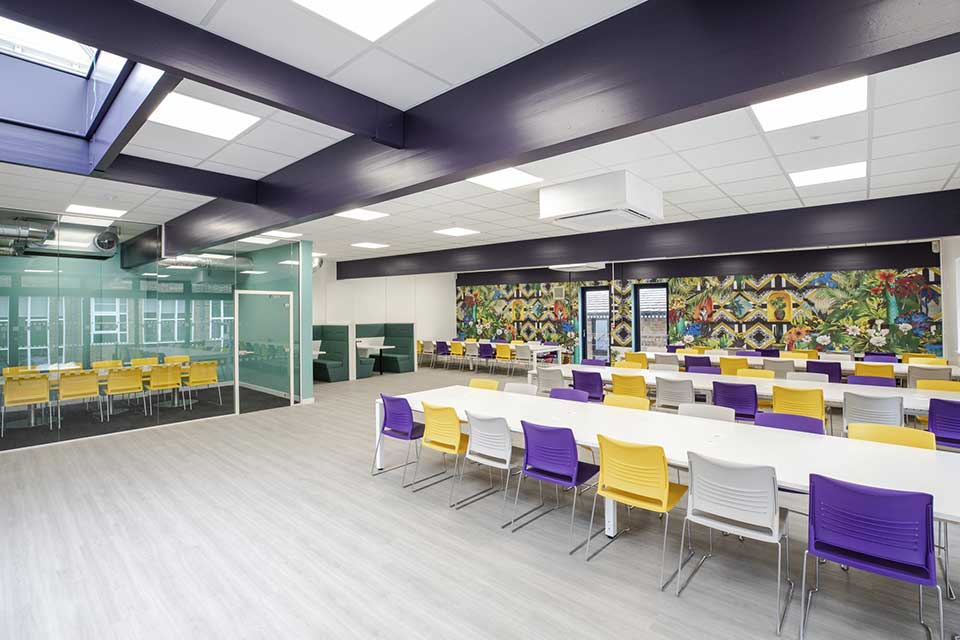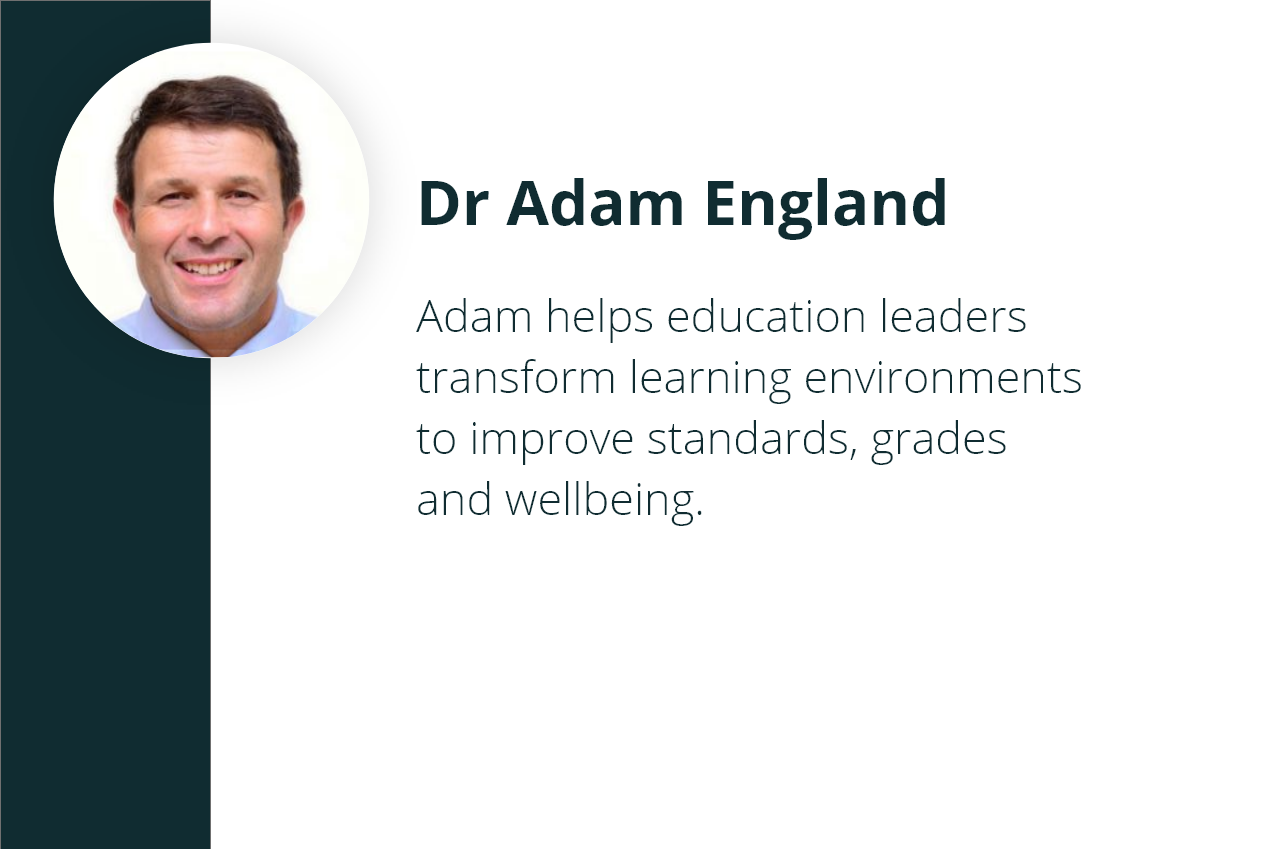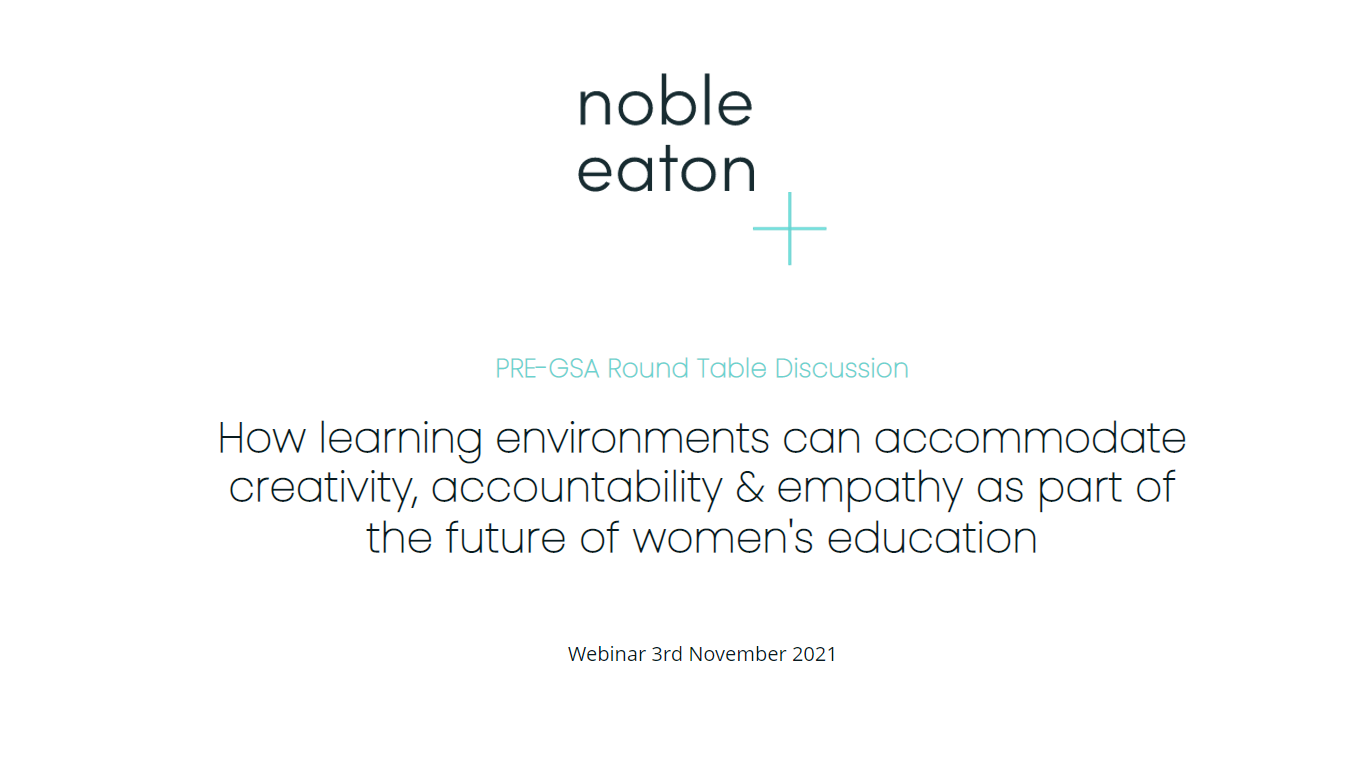Safeguarding and the school environment

It’s a fairly obvious assertion that long before we can even begin to consider issues of curriculum and progress, we need to make sure that pupils feel safe in school. Our first duty in school is to make sure that when parents leave their children with us, they have a reasonable expectation that we will do everything we can to ensure they come to no harm. Moreover, none of us can produce our best work unless we are comfortable, confident and free from stress or fear.
The concept of a ‘culture of safeguarding’ can be hard to define, but you know when it when you see it, or perhaps more accurately, when you feel it. It describes a school environment where people are treated with care and respect, where there is tolerance of difference, where pupils feel confident that there is someone they can turn to when they feel worried, upset or under threat. It’s one where members of staff will challenge and ask questions where necessary, and make sure that all concerns are fully explored.
In other words, the most important factor in making a school feel safe is likely to be the way that people behave when they are there. This is driven by school values and culture, and depends upon the extent to which they are reflected by the actions of everyone in the school community.
Although it follows, therefore, that the physical environment of the school is not enough on its own to create a safe space, we can also expect that a culture of safeguarding will be reflected in the way the building is set out and used. So, what does a safe school building look like?
Firstly, there are no areas that are habitually adult-free. The presence of a member of staff should not have any particular significance and a teacher coming to sit with pupils at a lunch table or chatting to them on the playground should be the norm. Seeing members of the senior team on the playground or the school gate at the beginning and the end of the school day not only gives an opportunity to build relationships and set the tone, it is also the time when pupils may be most likely to have a quiet word or share a concern. Likewise, experience tells us that break-times are often when pupils feel most vulnerable and seeing a trusted adult on hand can be very reassuring.
A culture of openness and transparency is reflected in the way the building is used. Classrooms with open doors not only give a strong message about school culture, it also helps us to know what’s happening around the school and pick up on concerns at an early stage.
Ask any new Year 7 starting out at secondary school what they are most nervous about, and the chances are it’s the toilets. For obvious reasons, this is the one place in the school where you’re away from adult supervision. Particular care is needed to reinforce the importance of positive behaviour and to have staff nearby. Likewise, we have to pay particular attention to other potentially intimidating situations – stairwells, gloomy corridors, pupils leaving an after-school club through an empty school.
Sharing a concern or worry may take a great deal of courage, but unfortunately, school staff are busy people, and if there is no-one to hear the concern or nowhere quiet to go, the moment may easily be lost. Pupils need the opportunity to talk confidentially to a trusted adult in a quiet and reassuring space.
Information is reassuring, especially when you’re feeling a little overwhelmed. Displays and signage, at the right level for the age and stage of the pupils can make a difference – for example, names and photographs of the safeguarding leads, posters reinforcing key messages and giving contact details or sources of help. It may be that this lands at precisely the right time.
We know that many safeguarding risks arise when pupils go online. Computer screens should be easily seen by staff, the mobile phone policy should be carefully thought through and rigorously enforced, and IT systems should be as secure as possible, including the raising of alerts when usage may be inappropriate.
In our Trust, we have a range of building stock, from a 12-year old new build, to a 60 year old school with a crumbling infrastructure that is due to be fully rebuilt in the next few years. Although this presents challenges, it does not reduce any of the responsibility that we hold for the safety of our pupils. It also doesn’t mean that we can’t do everything possible to make sure our schools are clean, bright and safe. In the final analysis, schools have two areas to focus on; First, keep children safe; Second, everything else.



